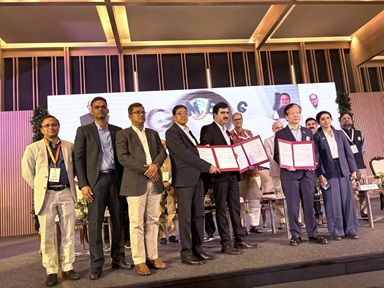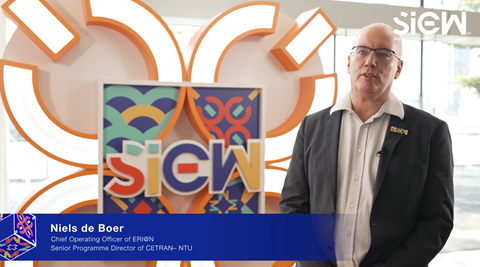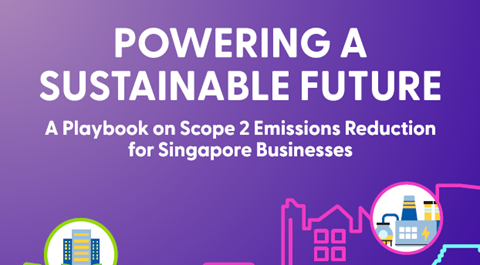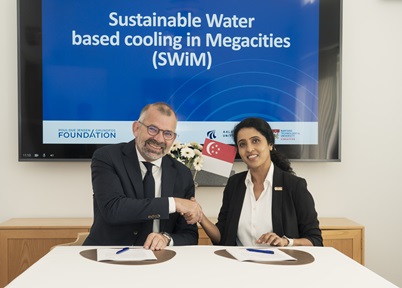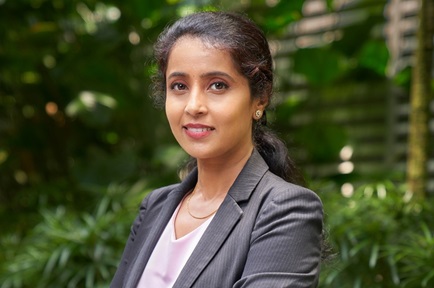Pilot recycling plant uses fruit peels to break down metal waste in lithium batteries
First published on CNA
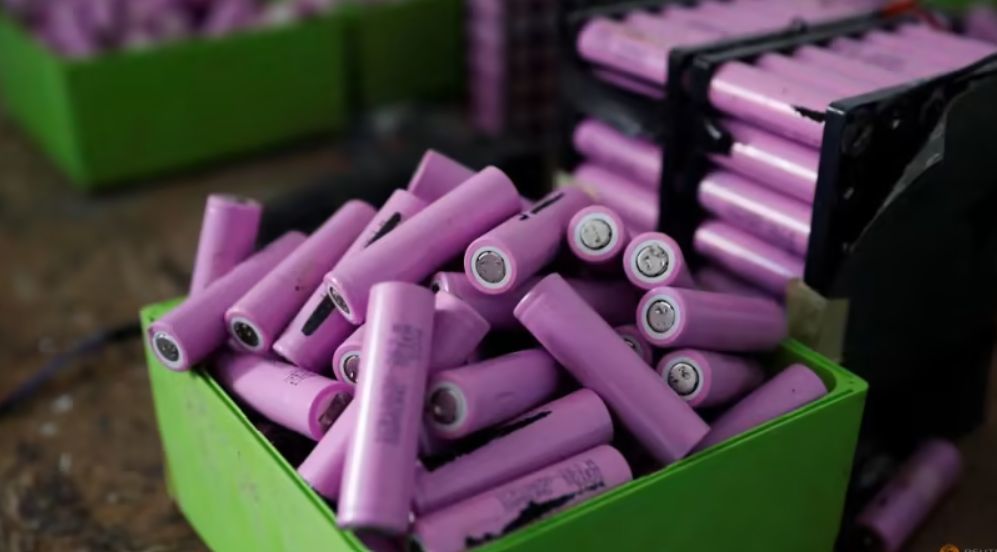 Currently, less than 5 per cent of spent lithium-ion batteries are recycled globally and the volume of these used batteries is set to hit 11 million tonnes by 2030. (File photo: Reuters/Temilade Adelaja)
Currently, less than 5 per cent of spent lithium-ion batteries are recycled globally and the volume of these used batteries is set to hit 11 million tonnes by 2030. (File photo: Reuters/Temilade Adelaja)
SINGAPORE: A recycling plant in Singapore is turning spent lithium batteries into useful metals, with the help of discarded fruit peels.
Nanyang Technological University (NTU) researchers who developed the technology of using fruit peels to tackle battery waste are working with local battery recycling and processing firm Se-cure Waste Management on the pilot project.
The technology could meet the urgent need for a recycling solution that is easily scaled up, said the scientists.
Currently, less than 5 per cent of spent lithium-ion batteries are recycled globally and the volume of these used batteries is set to hit 11 million tonnes by 2030.
MINIMISING E-WASTE, FOOD WASTE
The recycling plant, located at Neythal Road off Pioneer Road North, has been operational since the fourth quarter of last year.
It can process up to 2,000 litres of spent shredded battery mixed with fruit peel-derived solvents for the extraction of electrode materials, such as cobalt, lithium, nickel, and manganese.
The technical performance and economic viability will be evaluated, with the aim of commercialising the technology.
“The proposed innovation provides an immediate and scalable solution to reduce both food waste and electronic waste – two of the major waste streams in the world,” said Associate Professor Dalton Tay from NTU’s School of Materials Science & Engineering.
“And in doing so, we can minimise the environmental footprints of both waste types and thereby address the problems of landfill shop shortage, especially in Singapore.”
In 2020, a team from NTU successfully extracted more than 90 per cent in weight of precious metals found in processed lithium-ion battery waste using orange peel waste, and made new batteries with these recovered metals.
This method of using fruit peel waste to extract precious metals from battery waste, in place of conventional strong chemicals and acids, is called hydro-organic-metallurgy.
The scientists have since replicated their success in the lab using other types of fruit peel waste, such as the peel of pineapples, pears, and lemons.
Fruit peel is rich in sugars, naturally occurring antioxidants such as flavonoids and phenolic acids, and organic acids – all of which enhances the dissolution and recovery of metals from the battery waste.
The scientists are now looking into the possibility of using other types of biomass waste.
Traditionally, spent batteries are treated using solvents that are strongly corrosive.
However, this method also produces dangerous toxic gases, said experts.
SUPPORTING THE CIRCULAR ECONOMY
“The recovered metal salts can then be reused to generate new batteries and by doing so, we're able to close the waste loop while offering a sustainable cradle-to-cradle solution,” Prof Tay told CNA’s Singapore Tonight on Tuesday (Mar 29).
He said the recovery of resources from food waste and e-waste supports the country’s transition towards a circular economy and zero-waste nation.
By bringing a network of industries together to exchange materials or by-products to benefit the environment, new business models, material distribution networks and supply chains can be formed to build a more resilient economy, he added.
Ms Sandra Yap, head of people, marketing and external relations at Se-cure Waste Management, said the partnership with NTU started as early as 2019, with the goal of promoting local innovation in the battery recycling space.
“It is also our aim to provide customers a closed-loop solution beyond battery processing, while we seek a greener path for the purpose of resource sustainability,” she added.


